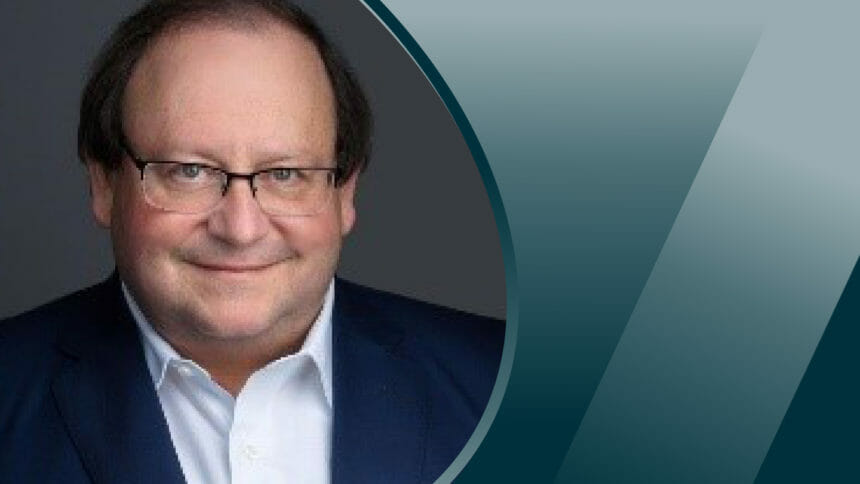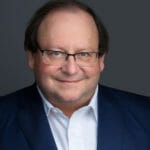
In many long-term care facilities, wound care starts at the top of an individual’s healthcare team, with the doctor or lead nurse examining the resident for wounds and recommending treatment for them. Treatment is then carried out by daily routine nurses or aides whose duties include administering the prescribed cleaning, medicating and changing of dressings.
Although they are involved in the wound care process, those aides have little or no wound monitoring and reporting responsibilities.
We call this approach the pyramid model because care is instituted by a health team leader at the top who prescribes the treatment, which emanates down to a staff that implements that treatment. In other words, the doctor and/or lead nurse generally start the process by identifying and initiating the wound care that is administered by the daily routine nurse and aides.
In a pyramid model, each time the doctor or head nurse makes their rounds, they examine the wounds, check for new wounds, and prescribe care and treatment. The frequency of those examination and re-examination visits usually occurs every few days or so. Communication relating to wounds between the aides, the lead nurse and the doctor is often limited.
In a funnel model, one has the same healthcare team doing virtually the same tasks with the same timing, except that the daily routine nurses and aides’ role has changed from being functionary to one that expands their participation in the wound care process.
Prior to enhancing that role, they have first become:
- Educated in wound care beyond dressing changing
- Advised to search for new wounds or changes in existing wounds, as they are working with each resident
- Encouraged to communicate about the discovery of new wounds, as well as any other changes in the patient’s current wound condition.
When the funnel model is utilized, the staff spends virtually no more time with the patient than they ordinarily would.
The funnel model still maintains the importance of the doctor or lead nurse in decision-making and prescribing. However, it expands the so-called front line in wound identification and observation to include the daily caregivers who spend the most time with residents. When the analogous triangle is turned upside down, it becomes a funnel with the front line at the top.
This model will enable the funneling of more wound information more frequently to the doctor and lead nurse. In the funnel model, the doctor and lead nurse have the potential to make more effective decisions because they will have more eyes on the patient more frequently.
Studies have shown that the earlier one identifies wounds, especially pressure wounds, the easier they are to treat and cure. The funnel model enables the healthcare team to be more proactive and more engaged in each patient’s care. It also contributes to staff loyalty by engaging the aides in the process of assisting patients, promoting greater job satisfaction.
Although in most cases both models work well, the funnel model adds frequency and a more educated staff to the process, which enhances the care of aggravated wounds and abnormalities. The funnel model adds value by improving the standard of wound care and reducing wound-related issues.
Ultimately, we as an industry are committed to providing patients and residents the highest quality, safest wound care possible. By adding frequency, training and collaboration, we can raise the quality of care and improve the lives of our residents.
David Navazio is President and CEO of Gentell, one of North America’s largest wound care dressing manufacturers, manufacturing and supplying efficient, affordable patient-specific wound care treatments to nursing homes, hospitals, home care, hospices and other providers.
The opinions expressed in McKnight’s Long-Term Care News guest submissions are the author’s and are not necessarily those of McKnight’s Long-Term Care News or its editors.





